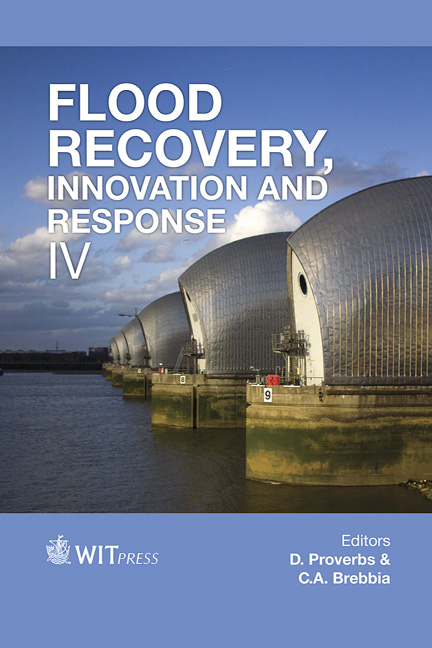Reservoir System Operation Using A Diversion Tunnel
Price
Free (open access)
Transaction
Volume
184
Pages
12
Page Range
87 - 98
Published
2014
Size
491 kb
Paper DOI
10.2495/FRIAR140081
Copyright
WIT Press
Author(s)
J. Ji, H. Kim, M. Yu, C. Choi, J. Yi & J. Kang
Abstract
Although available water resources are limited, water demand is continuously increasing due to population increases, economic development, and additional uses, such as recreational and environmental uses. Constructing new reservoirs has traditionally been the approach to develop new water resources. However, such construction can be hampered by negative perceptions, adverse environmental effects, and opposition from NGOs to dam construction. Although Andong and Imha reservoirs are located close to each other, and they have similar hydrological and meteorological characteristics, the storage capacity of Imha reservoir is only about half that of Andong reservoir. This makes the operation of both reservoirs inefficient. This paper evaluates the effect of a diversion tunnel connecting Andong and Imha in the flood season. Water yield and spillway release reduction capability with 95% reliability were analyzed using historical daily inflows data for 30 years. By changing the reservoir operation methods, the reservoir system performance was evaluated. The system operation of the reservoirs with the diversion tunnel showed better results than the individual operation.
Keywords
flood control, reservoir system operation, diversion tunnel.





